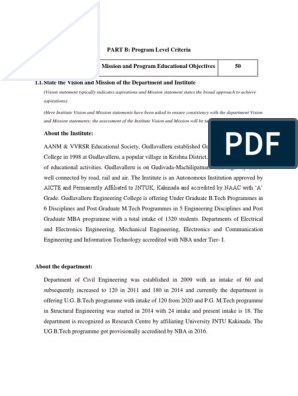0% found this document useful (0 votes)
122 views6 pagesPID Controller Basics for Engineers
The document describes an experiment using a PID controller. The objective is to understand and build a derivative controller and PID controller. It explains that a PID controller uses feedback to keep the actual output close to the target setpoint. It consists of proportional, integral and derivative coefficients. A derivative controller on its own does not work to reduce steady state error. A PID controller calculates deviations from the setpoint for the proportional, integral and derivative terms to achieve different control actions. The document shows Simulink diagrams of PID and derivative controllers and analyzes their outputs.
Uploaded by
Abdallah DaldoomCopyright
© © All Rights Reserved
We take content rights seriously. If you suspect this is your content, claim it here.
Available Formats
Download as PDF, TXT or read online on Scribd
0% found this document useful (0 votes)
122 views6 pagesPID Controller Basics for Engineers
The document describes an experiment using a PID controller. The objective is to understand and build a derivative controller and PID controller. It explains that a PID controller uses feedback to keep the actual output close to the target setpoint. It consists of proportional, integral and derivative coefficients. A derivative controller on its own does not work to reduce steady state error. A PID controller calculates deviations from the setpoint for the proportional, integral and derivative terms to achieve different control actions. The document shows Simulink diagrams of PID and derivative controllers and analyzes their outputs.
Uploaded by
Abdallah DaldoomCopyright
© © All Rights Reserved
We take content rights seriously. If you suspect this is your content, claim it here.
Available Formats
Download as PDF, TXT or read online on Scribd
/ 6







































































